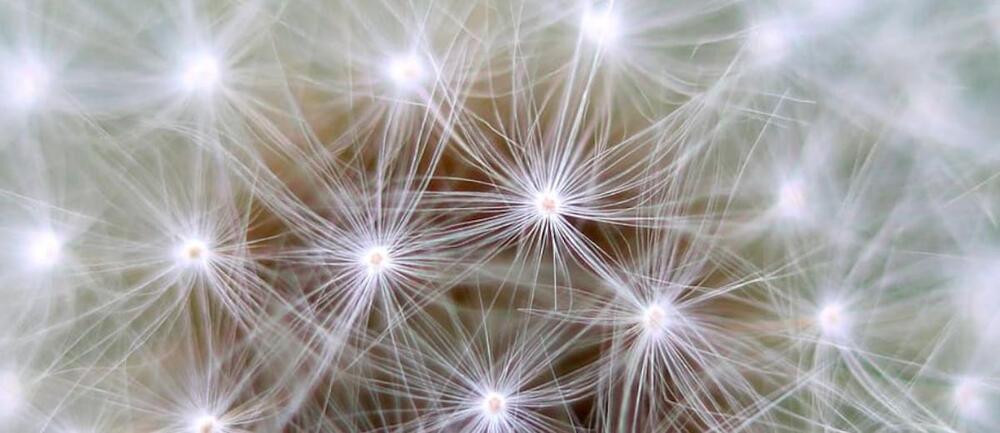Ion channels are crucial for neural communication; they control the flow and gradient of charged particles, creating electrical signals. Recent work report | Neuroscience.
In this study, the researchers assessed how dense ion channels were packed in the membranes of neuronal cells from ten species of mammals, including mice, rats, rabbits, ferrets, macaques, marmosets, macaques, humans, and one of the smallest known mammals, an animal called the Etruscan shrew. The team focused on a type of excitatory neuron typically found in the cortex of the brain, and three ion channels that are in the membranes of those cells; two are voltage-gated ion channels that control the movement of potassium, another is called the HCN channel and both potassium and sodium ions can flow through it.
Studies have suggested that the human brain is built like the brains of other mammals, said first study author Lou Beaulieu-Laroche, a former MIT graduate student. It was once thought that in mammals, these channels would be present at about the same density from one species to another.
Instead, the researchers determined that as the neurons got bigger, the density of ion channels increased. That was a notable finding, because as that density increases, more energy needed to move ions in and out of neurons, explained senior study author Mark Harnett, an associate professor of brain and cognitive sciences at MIT.
